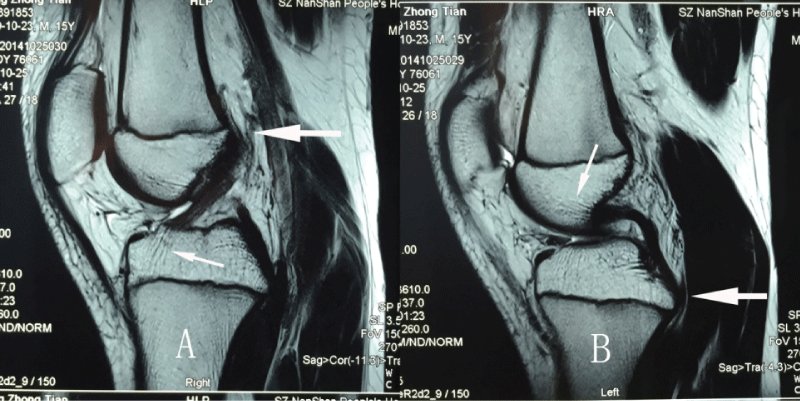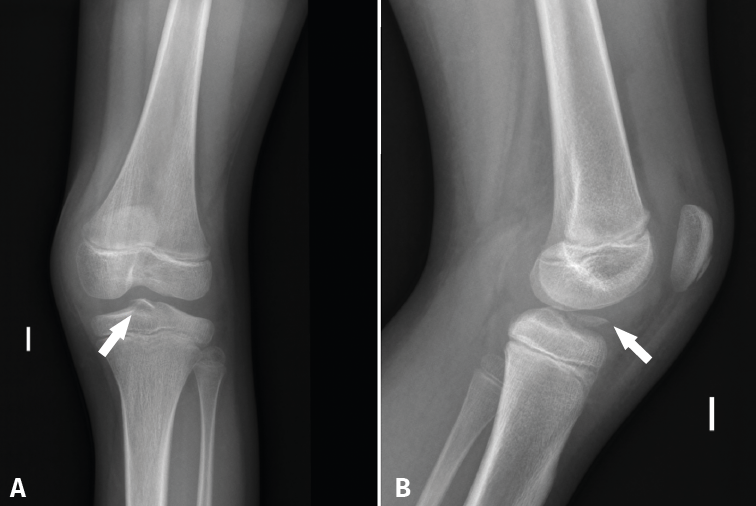An ACL tear is one of the most common knee injuries, particularly among athletes and individuals who engage in physically demanding activities. The anterior cruciate ligament, or ACL, plays a crucial role in stabilizing the knee joint, and when it is injured, it can significantly impact mobility and quality of life. Understanding the causes, symptoms, diagnostic methods, and treatment options for this injury is essential for anyone looking to prevent or recover from it. In this article, we will explore these aspects in detail.

What Is the Anterior Cruciate Ligament?
The anterior cruciate ligament is one of four major ligaments in the knee. It connects the thigh bone to the shinbone and helps maintain stability by preventing excessive forward movement of the shinbone relative to the thigh bone. Additionally, it controls rotational movements of the knee. Because of its critical function, an injury to this ligament can severely impair knee function.
Common Causes of Injury
Injuries to the anterior cruciate ligament often occur during activities that involve sudden stops, changes in direction, or direct impact to the knee. Below are some of the most common causes:
- Sports Activities: Sports like soccer, basketball, football, and skiing place significant stress on the knees. Rapid pivoting, jumping, and landing awkwardly are frequent culprits.
- Falls and Accidents: Slipping on a wet surface or falling from a height can lead to twisting of the knee, causing damage to the ligament.
- Improper Landing Techniques: Athletes who land incorrectly after a jump may experience excessive strain on the ligament.
- Direct Impact: A blow to the knee, such as during a tackle in contact sports, can result in a tear.
Risk Factors
Certain factors increase the likelihood of sustaining an injury to the anterior cruciate ligament. These include:
- Gender: Women are more prone to these injuries due to differences in muscle strength, anatomy, and hormonal influences.
- Poor Conditioning: Weak muscles around the knee can fail to provide adequate support, increasing the risk of injury.
- Previous Injuries: Individuals who have previously injured their knees are at a higher risk of re-injury.
Symptoms of an Anterior Cruciate Ligament Injury
Recognizing the signs of an injury to the anterior cruciate ligament is crucial for seeking timely medical attention. Common symptoms include:
- A Loud Popping Sound: Many people report hearing or feeling a “pop” at the time of injury.
- Severe Pain: Intense pain usually follows immediately after the injury, making it difficult to continue physical activity.
- Swelling: The knee often swells within hours due to internal bleeding and inflammation.
- Instability: A feeling that the knee is “giving way” or unable to support weight is a hallmark symptom.
- Limited Range of Motion: Difficulty in fully extending or bending the knee is common.
When to Seek Medical Attention
If you experience any of the above symptoms, especially after a traumatic event, it is important to consult a healthcare professional promptly. Early diagnosis and treatment can prevent further damage and improve recovery outcomes.
Diagnosing an Injury to the Anterior Cruciate Ligament
Accurate diagnosis is essential for determining the severity of the injury and planning appropriate treatment. Healthcare providers use several methods to diagnose an injury to the anterior cruciate ligament:
Physical Examination
A doctor will begin by conducting a thorough physical examination. This includes:
- Assessing Range of Motion: The doctor will check how far the knee can bend and straighten.
- Evaluating Stability: Specific tests, such as the Lachman test or pivot shift test, are performed to assess the integrity of the ligament.
Imaging Tests
To confirm the diagnosis and rule out other potential injuries, imaging tests are often required:
- Magnetic Resonance Imaging (MRI): This provides detailed images of soft tissues, including ligaments, and is considered the gold standard for diagnosing ligament injuries.
- X-rays: While X-rays cannot show ligament damage, they are useful for identifying fractures or other bone-related issues.
Treatment Options for an Anterior Cruciate Ligament Injury
Treatment for an injury to the anterior cruciate ligament depends on the severity of the tear, the patient’s activity level, and their long-term goals. Options range from conservative measures to surgical intervention.
Non-Surgical Treatment
For minor tears or individuals who do not engage in high-demand activities, non-surgical treatments may suffice. These include:
- Rest: Avoiding activities that strain the knee allows the ligament to heal.
- Ice Therapy: Applying ice packs reduces swelling and alleviates pain.
- Compression: Elastic bandages help control swelling and provide support.
- Elevation: Keeping the leg elevated minimizes fluid buildup in the knee.
- Physical Therapy: Strengthening exercises target the muscles around the knee to enhance stability.
Bracing
In some cases, a knee brace may be recommended to stabilize the joint during recovery. This is particularly helpful for individuals who need to return to light physical activity while avoiding further injury.
Surgical Treatment
For complete tears or individuals who wish to return to high-intensity sports, surgery is often necessary. The most common procedure is ligament reconstruction, which involves replacing the damaged ligament with a graft. Grafts can be taken from the patient’s own body (autograft) or from a donor (allograft).
Types of Grafts
There are three primary types of grafts used in reconstruction:
- Patellar Tendon Graft: Harvested from the front of the knee, this graft is known for its strength and durability.
- Hamstring Tendon Graft: Taken from the back of the thigh, this option is less invasive but may take longer to heal.
- Quadriceps Tendon Graft: This graft is less commonly used but can be effective for certain patients.
Post-Surgical Rehabilitation
After surgery, a structured rehabilitation program is essential for restoring knee function. Physical therapy focuses on regaining strength, flexibility, and balance. Recovery timelines vary but typically last between six months to a year.
Preventing Future Injuries
While not all injuries can be prevented, certain strategies can reduce the risk:
- Strength Training: Building strong muscles around the knee enhances stability.
- Proper Technique: Learning correct jumping, landing, and pivoting techniques is vital for athletes.
- Warm-Up and Stretching: Preparing the body before physical activity minimizes the chance of injury.
- Using Protective Gear: Wearing appropriate footwear and braces can provide additional support.
Education and Awareness
Understanding the mechanics of the knee and recognizing early warning signs of instability can empower individuals to take preventive measures and seek timely care.





